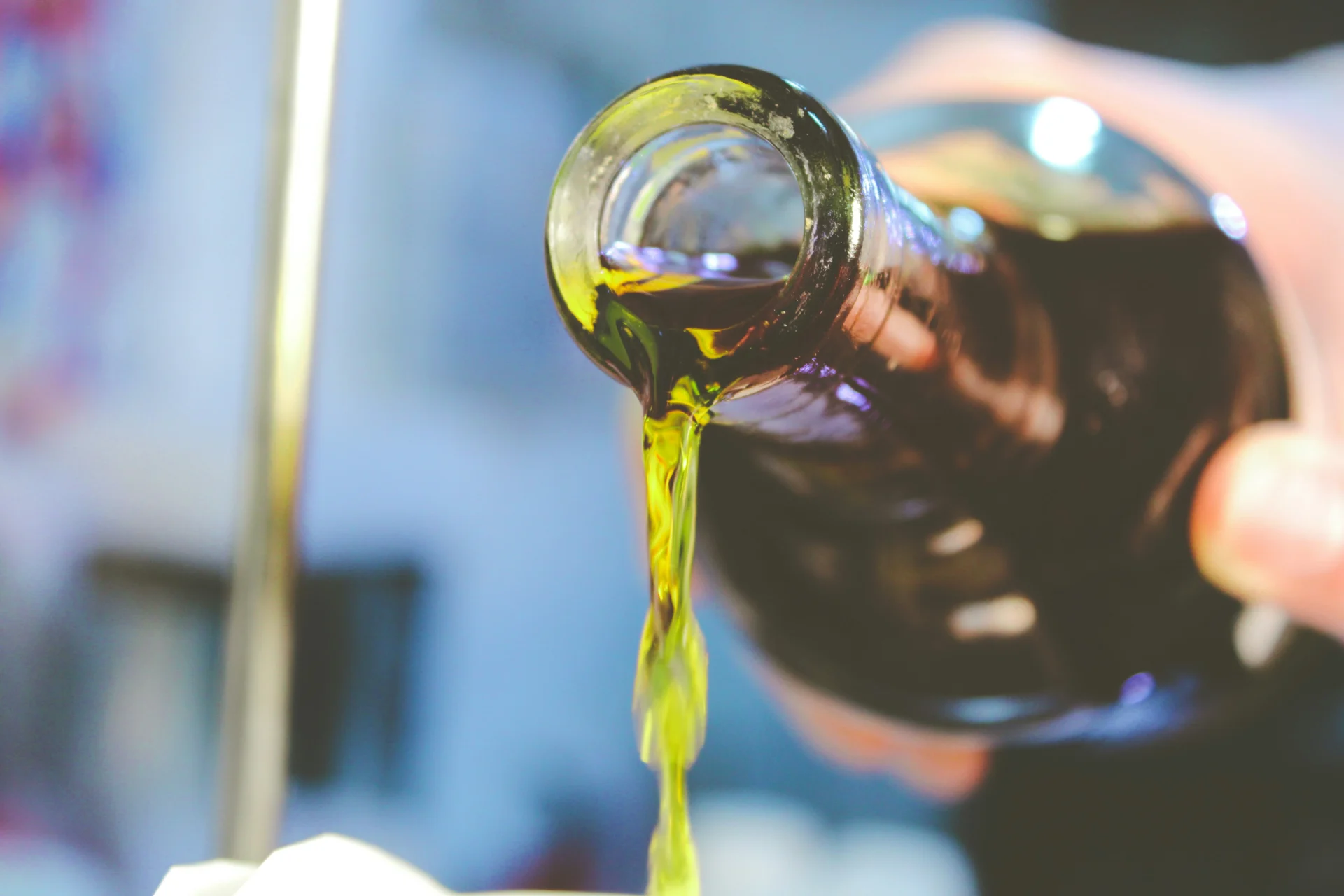Resmethrin is a synthetic pyrethroid insecticide commonly used for household pest control, particularly to combat mosquitoes and other flying insects. Its relevance to everyday life lies in its effectiveness in minimizing the nuisance and potential health threats posed by insect infestations. By utilizing resmethrin-based products, individuals can better protect themselves and their homes from unwanted pests, ultimately contributing to a cleaner and more comfortable living environment.
Table of Contents:
- 💡 Commercial Applications
- ⚗️ Chemical & Physical Properties
- 🏭 Production & Procurement
- ⚠️ Safety Considerations
- 🔬 Potential Research Directions
- 🧪 Related Compounds
💡 Commercial Applications
Resmethrin is a synthetic pyrethroid insecticide commonly used for commercial and industrial applications. It is widely utilized in the agricultural sector for pest control on crops such as fruits, vegetables, and grains. Additionally, it is commonly used in public health programs to control mosquitoes and other disease-carrying insects in residential and recreational areas.
In terms of industrial applications, Resmethrin is frequently employed in the manufacturing of household insecticides, aerosol sprays, and other pest control products for use in homes, schools, and commercial buildings. Its fast-acting properties make it an effective solution for quickly eliminating a wide range of insect pests with minimal environmental impact.
While Resmethrin is primarily utilized for its insecticidal properties, it also has some applications in the pharmaceutical industry. In certain cases, Resmethrin has been incorporated into topical medications and creams for the treatment of lice infestations and other skin conditions caused by insects. However, its use in pharmaceuticals is relatively limited compared to its extensive commercial and industrial applications in pest control.
⚗️ Chemical & Physical Properties
Resmethrin is a synthetic pyrethroid insecticide that appears as a colorless to light yellow liquid with a characteristic odor. It is commonly used in household insecticides to control a variety of pests.
The molar mass of Resmethrin is approximately 391.323 g/mol, and its density is around 1.06 g/cm3. In comparison to common food items, Resmethrin has a higher molar mass than many sugars and salts, but a lower molar mass than most proteins and fats. Its density is similar to water, which is essential for its use as a spray insecticide.
Resmethrin has a melting point of approximately 32°C and a boiling point of around 290°C. In comparison to common food items, Resmethrin has a higher melting point than most sugars and salts, but a lower melting point than most fats. Similarly, its boiling point is higher than that of water but lower than that of oils and proteins.
Resmethrin is not very soluble in water, but it is soluble in organic solvents. It has a low viscosity, which allows it to be easily mixed and sprayed as an insecticide. In comparison to common food items, Resmethrin has a lower solubility in water than most salts and sugars, and its viscosity is similar to many vegetable oils.
🏭 Production & Procurement
Resmethrin is primarily produced through a multistep chemical synthesis process. The key raw materials used in the production of Resmethrin are piperonyl butoxide and a specific type of pyrethroid compound. These raw materials undergo various chemical reactions to ultimately yield the final product, Resmethrin.
Resmethrin can be procured from specialized chemical manufacturers that produce insecticides and pesticides. It is commonly available in the form of concentrated solutions or emulsifiable concentrates. The transportation of Resmethrin typically occurs in sealed containers or drums, under controlled conditions to prevent leakage or contamination during transit.
Upon procurement, Resmethrin should be stored in a cool, dry place away from sources of heat or ignition. It is important to follow proper handling and storage guidelines to ensure the integrity and effectiveness of the product. For large-scale applications, specialized equipment such as sprayers or foggers may be used to disperse Resmethrin effectively in pest control operations.
⚠️ Safety Considerations
Safety considerations for Resmethrin should include proper handling, storage, and disposal procedures to minimize potential risks to human health and the environment. Personal protective equipment such as gloves, goggles, and a respirator should be worn when handling Resmethrin to prevent skin contact, eye exposure, and inhalation of the chemical. Resmethrin should be stored in a cool, dry, well-ventilated area away from sources of heat and ignition. Proper disposal methods should be followed to prevent environmental contamination and adverse effects on wildlife.
Hazard statements for Resmethrin include its classification as a potential skin and eye irritant. It may also be harmful if inhaled or swallowed. Prolonged or repeated exposure to Resmethrin may cause skin sensitization or allergic reactions in some individuals. It is important to use proper protective equipment and follow safe handling procedures to minimize the risks associated with this chemical.
Precautionary statements for Resmethrin include avoiding skin contact, eye contact, and inhalation of the chemical. In case of contact with skin or eyes, rinse immediately with plenty of water and seek medical advice. If Resmethrin is inhaled, move the affected person to fresh air and seek medical attention. It is important to handle Resmethrin with care and follow all necessary precautions to ensure the safety of individuals and the environment.
🔬 Potential Research Directions
Potential research directions of Resmethrin include studying its toxicological effects on non-target organisms, such as bees and aquatic invertebrates. Additionally, researchers may explore the environmental fate of Resmethrin, including its persistence in soil and water systems.
Further investigations could focus on the development of more eco-friendly formulations of Resmethrin that minimize its impact on beneficial insects and other non-target species. Studies may also look into the efficacy of Resmethrin in controlling a broader range of insect pests and the development of resistance mechanisms in target populations.
Research efforts may delve into the potential human health risks associated with exposure to Resmethrin, particularly for individuals who work with the insecticide or live in areas where it is used extensively. Moreover, studies could assess the effectiveness of alternative pest control methods that could reduce the reliance on Resmethrin and other synthetic pesticides.
🧪 Related Compounds
One similar compound to Resmethrin based on molecular structure is Deltamethrin. Deltamethrin is a type II synthetic pyrethroid insecticide that contains a similar chemical structure to Resmethrin. It is widely used in agricultural, public health, and residential settings for pest control purposes.
Another compound with a molecular structure similar to Resmethrin is Permethrin. Permethrin is also a synthetic pyrethroid insecticide that is used for the control of a variety of pests. It has a similar chemical structure to Resmethrin, making it effective against a range of insects including mosquitoes, ticks, and mites.
Cyfluthrin is another compound that shares a molecular structure similar to Resmethrin. Cyfluthrin is a type I pyrethroid insecticide that is used in agriculture, public health, and residential settings for the control of pests. It exhibits a similar mode of action to Resmethrin, targeting the nervous system of insects to disrupt their normal functioning.








